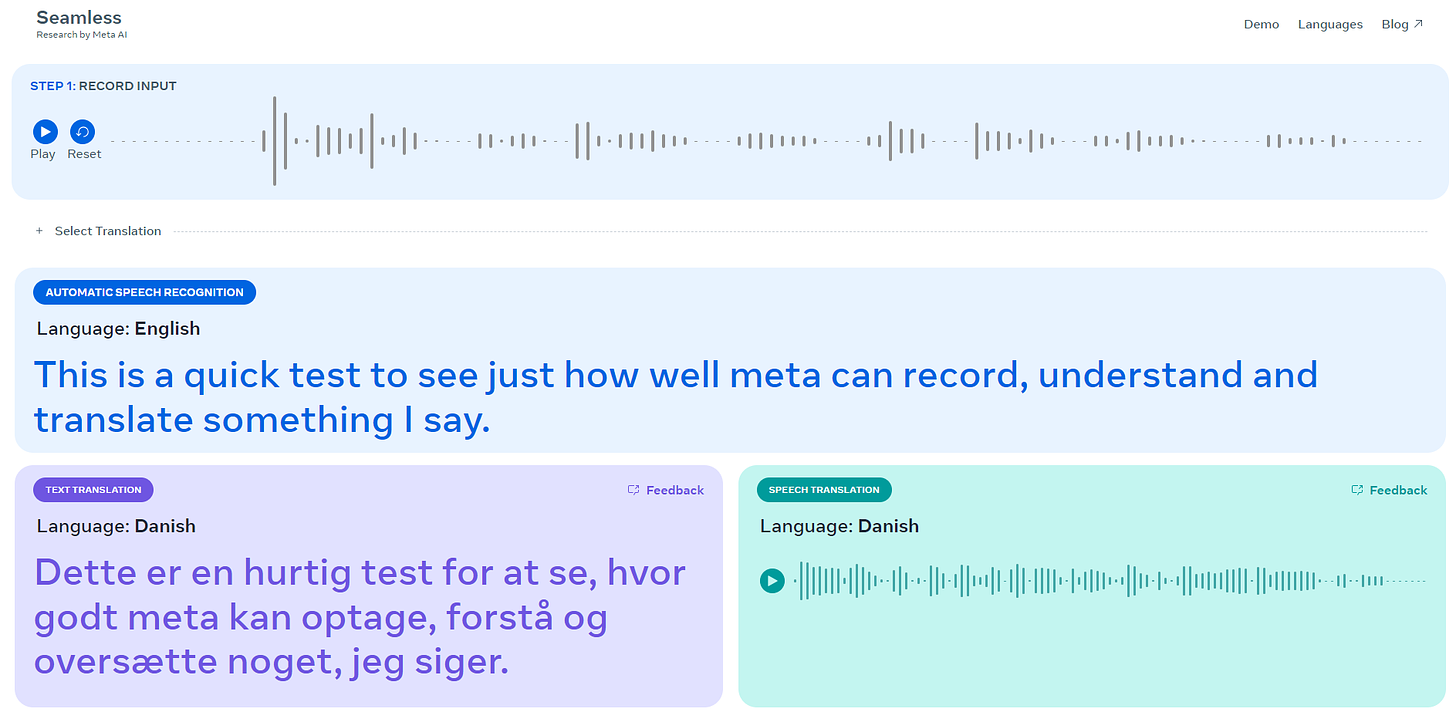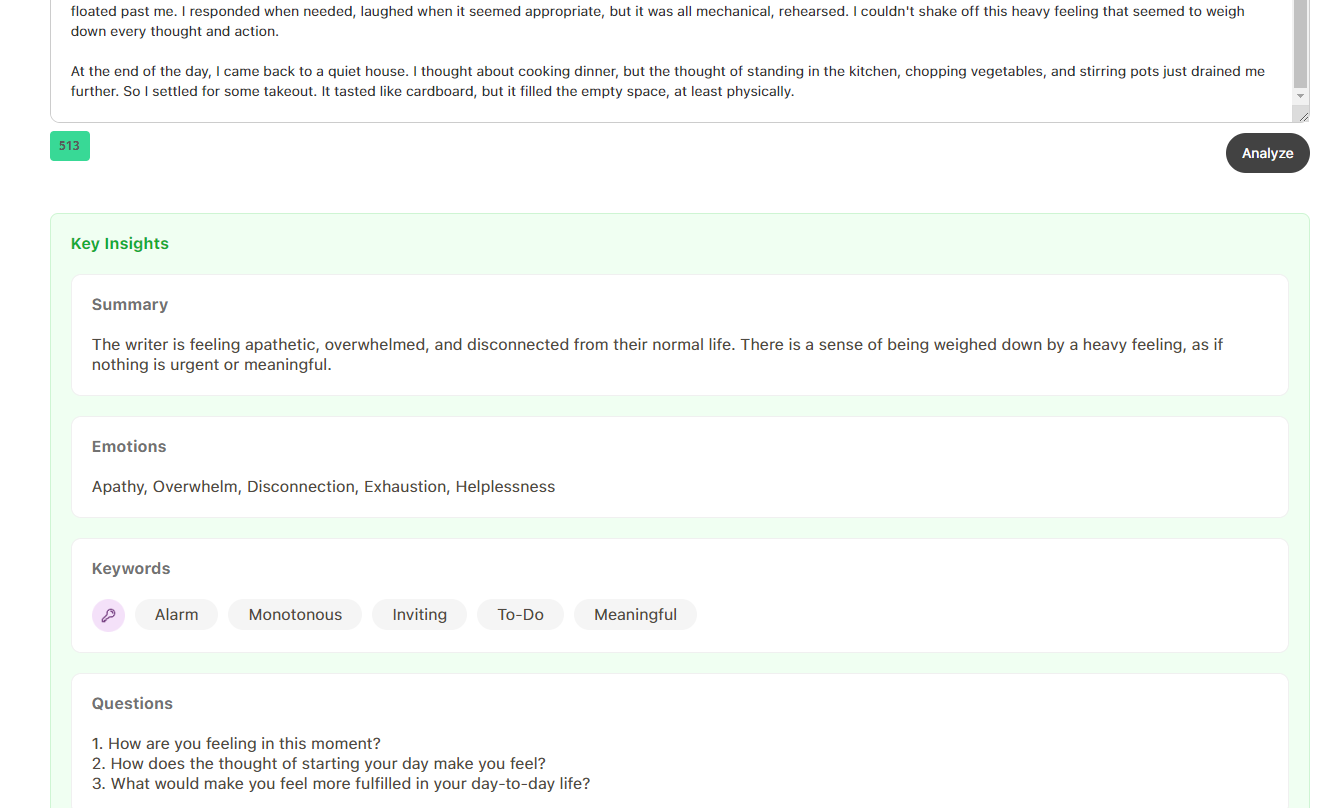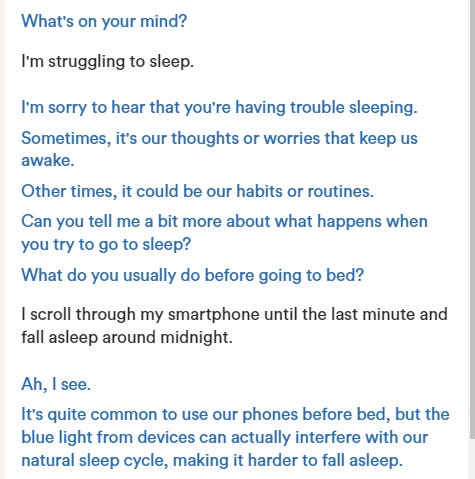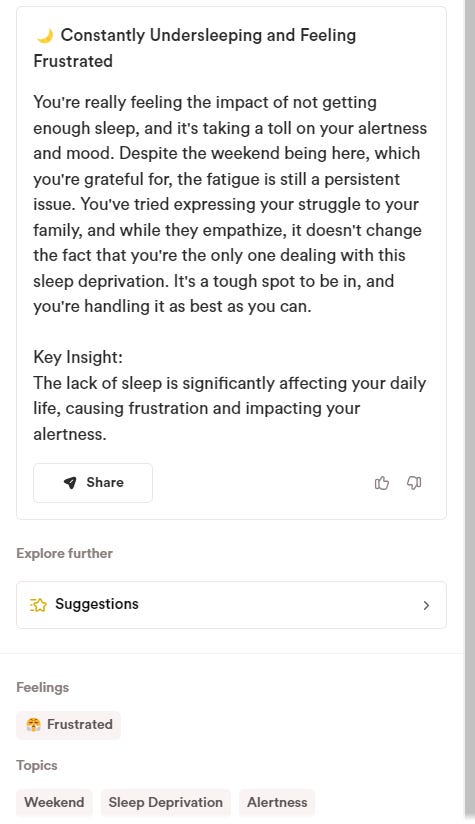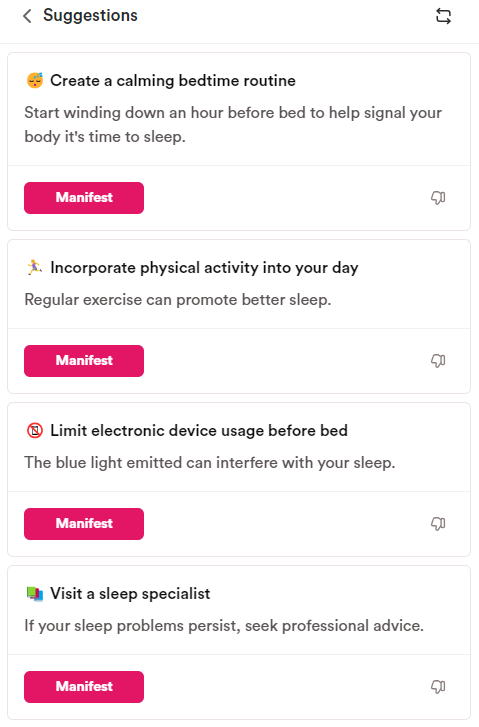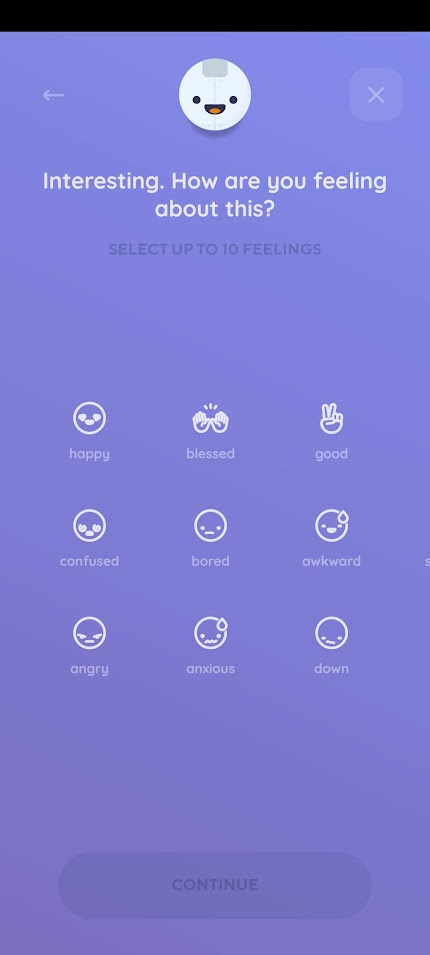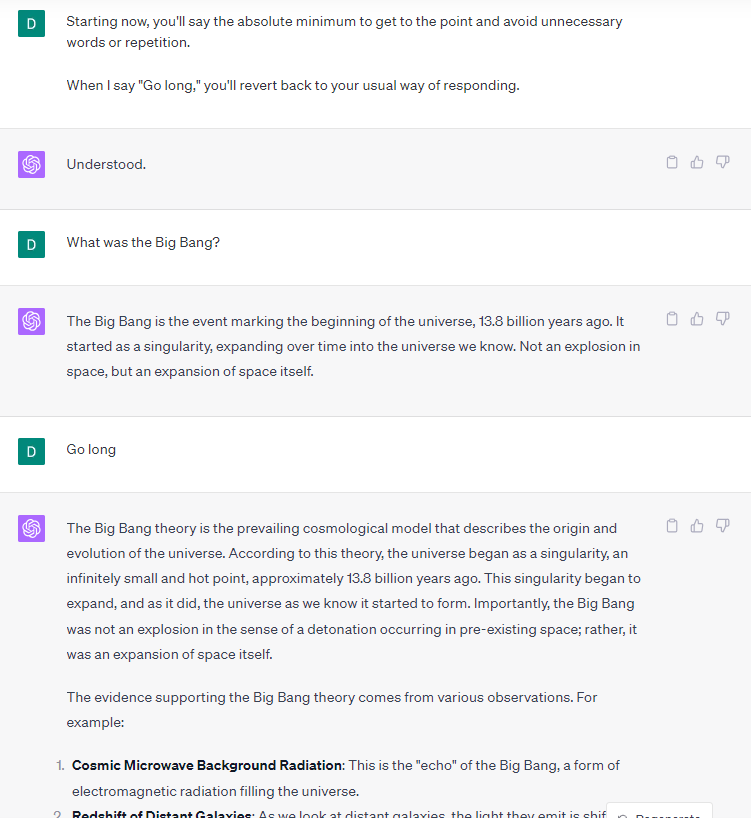10X AI (Issue #16): SeamlessM4T, IDEFICS, AI Journaling Apps, and a "Unique" Yoga Pose
PLUS: Meta's Code Llama, Figma's Jambot, Lex expansion, and getting ChatGPT to respond concisely.
Happy Sunday, friends!
Welcome back to 10X AI: a weekly look at beginner-focused AI news, tools, and tips.
Let’s get to it.
🗞️ AI news
Here are this week’s AI developments.
(One piece of minor news is that ChatGPT’s “custom instructions” are finally available in Europe, so you won’t have to hear me bitch about it anymore.)
1. Meta’s SeamlessM4T model breaks language barriers
Meta AI has launched a new model called SeamlessM4T (Massive Multilingual Multimodal Machine Translation).
It can take text and speech input in 100 languages then output translations into text (100 languages) or speech (35 languages).
Meta claims that SeamlessM4T has greater language coverage and accuracy than competing models. But why listen to me, here’s the proverbial horse and its mouth:
If you’re the skeptical type, here’s a free public demo you can try for yourself.
In my limited English-to-Danish test, it did pretty damn great:
2. Hugging Face drops an open-access multimodal LLM
Hey, remember image recognition in Bing?
We now have an open-access competitor from Hugging Face called IDEFICS, or Image-aware Decoder Enhanced à la Flamingo with Interleaved Cross-attentionS (seriously dude, who comes up with these acronyms?!)
It’s based on DeepMind’s closed Flamingo model and can handle both visual and text input, allowing you to upload images and discuss them with the model.
Want to try it for yourself?
Here’s a pretty impressive public demo.
Go for it!
3. Figma introduces Jambot: an AI assistant
So, you know Figma? The online design tool?
Good!
And do you know FigJam? It’s Figma’s collaborative space for design teams.
With me so far?
Okay, now we have Jambot, which is a GPT-powered assistant that Figma threw into FigJam to help teams brainstorm and summarize ideas.
So it goes: Figma > FigJam > Jambot
Was that…uh…clear?
Ah, who am I kidding?! Here’s a video from Figma instead:
That’s better!
The Jambot is available in Figma as a Beta widget, so if you’re a Figma user, you can check it out right away.
4. Meta releases Code Llama
Last week, Meta teased a coding-oriented model, shortly after Stability AI came out with its StableCode one.
Now, Code Llama is here.
It’s built atop Llama 2, and Meta claims it outperforms other public state-of-the-art models on coding tasks. Just like Llama 2, Code Llama is free for both research and commercial use.
There are three available sizes of the model: 7B, 13B, and 34B parameters.
You can test the 13B version in this Hugging Face space.
5. Lex secures funding and drops the waitlist
This one’s a bit personal.
My very first post about AI copywriting focused on Lex back in November 2022, weeks before ChatGPT dropped. (Feels like a decade ago.)
As such, it’s really cool to see that the Lex team secured $2.75 million in seed round.
They’ve recently released cool features like the ability to flexibly tag Lex using “@” in your document to ask for input, changes, and so on.
The best part? There’s no longer a waitlist, so you don’t have to ask me for those limited invite codes.
Just go to Lex.page and dive in!
🛠️ AI tools
After the last issue, a reader said he’d like to see an AI diary app that prompts you to share thoughts, stores your entires, and learns about you over time.
The thing is, there are several apps that are already doing something like that.
Let’s take a look at a few of them.
6. Mynd
Mynd is an online journal that uses AI to uncover patterns and provide insights across multiple diary entries.
It’s expected to launch in late 2023, but signing up for a waitlist gives you immediate access to a functioning demo. Here, you can type a journal entry of up to 2,000 characters and get a summary, keywords, emotions, and follow-up questions.
Here’s what it did with an intentionally apathetic journal entry I had ChatGPT generate:
The questions can help you dig deeper, and I imagine the full version would let you respond and elaborate after they’re asked.
7. Rosebud
Rosebud takes a more involved approach.
Instead of first having you type your entire journal entry, it engages in a back-and-forth conversation to extract more details in a natural way. This could be helpful for many of us who aren’t used to introspection:
At any point that you feel you’ve shared enough, you can “Finish” the entry to see a summary:
What’s really cool is that Rosebud can also generate tailor-made, actionable suggestions based on your conversation:
Rosebud has a pretty great free plan that lets you test it out with minimal limitations. See the pricing page for the full comparison between the Free and Premium plans.
8. Reflectly
Unlike the first two web-based entries, Reflectly is a smartphone app for iOS / Android that does something similar.
The process feels a bit more simplified and gamified, as it’s adapted for a mobile interface. You’ll mostly be clicking on icons that reflect your thoughts and feelings:
You can also do “mood check-ins” using photos and voice notes.
Over time, Reflectly’s Habit Tracker develops a long-term view of your moods and thoughts and should be able to ask you personalized questions to help with deeper reflections.
The free version comes with limited functionality, but it should be enough to give you an idea of what it does.
💡 AI tips
Here’s this week’s tip.
9. Make ChatGPT get to the point faster
ChatGPT can help with lots of stuff, but it has a tendency to go on and on and repeat things multiple times and just make every sentence longer than it should be by rewording the same point over and over again and diving into all sorts of details that might be redundant, needless, and unnecessary, so that…
…where was I?
Ah, yes, here’s one possible way to prompt ChatGPT to get straight to the point:
Starting now, you'll say the absolute minimum to get to the point and avoid unnecessary words or repetition. When I say "Go long," you'll revert back to your usual way of responding.
Here’s how that looks in practice:
Quite a difference, eh?
🤦♂️ 10. AI fail of the week
“The Tripod” can only be mastered by the most enlightened after years of training.
Sunday poll time
Previous issue of 10X AI:
10X AI (Issue #15): Google’s New SGE Features, AI Interior Design, and a Kiwi Bird-Fruit
Happy Sunday, friends! Welcome back to 10X AI: a weekly look at beginner-focused AI news, tools, and tips. Let’s get to it. 🗞️ AI news Here are this week’s AI developments. 1. Google adds new AI learning features to SGE Google continues to expand its Search Generative Experience (SGE) with new tools.




